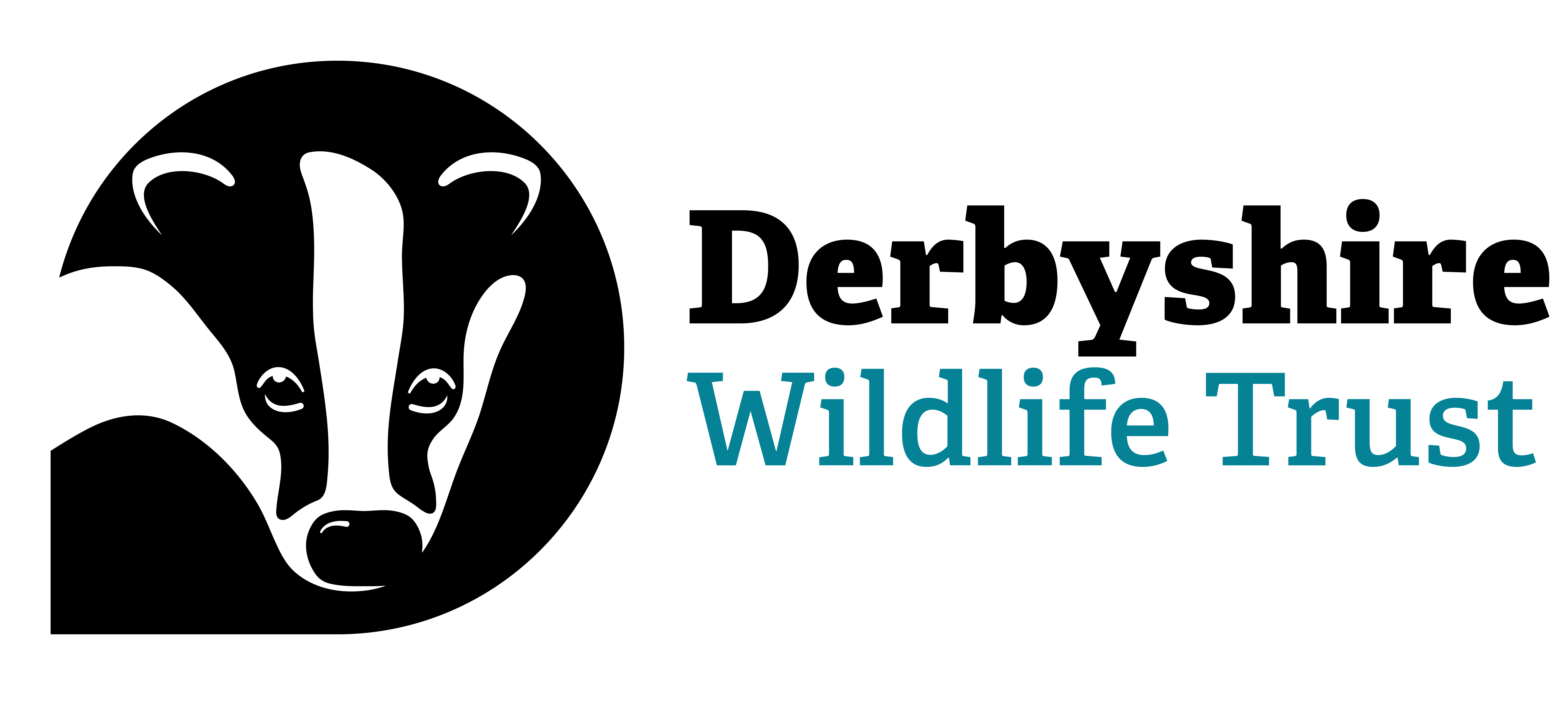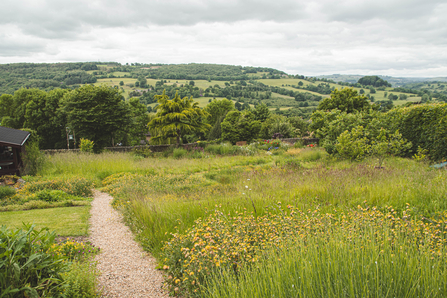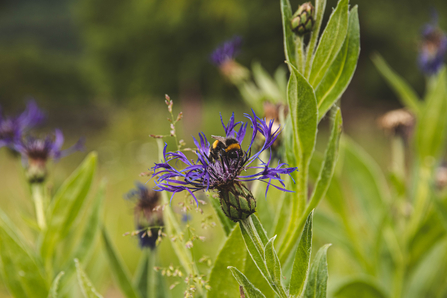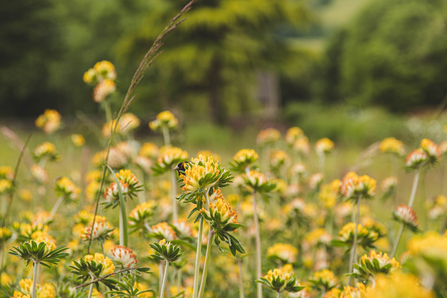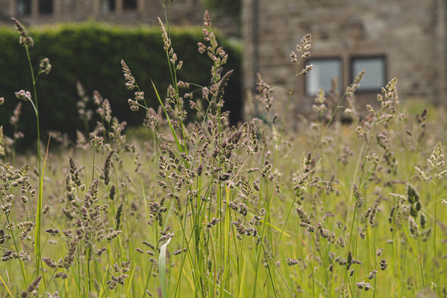As soon as I set foot into Chris and Sheila’s garden, I was blown away by the colours, textures and many different features in their garden. I immediately felt a sense of ‘wild’ as I walked beside the long grasses and colourful blooms surrounded by bumblebees, it didn’t feel like I was just in someone’s garden, it felt like I was truly out in nature.
I sat down with Chris and Sheila to have a chat about their fantastic project to attract a number of butterfly species to their garden and their hope to share their success and learnings and connect other pieces of nearby land to create wildlife corridors.
